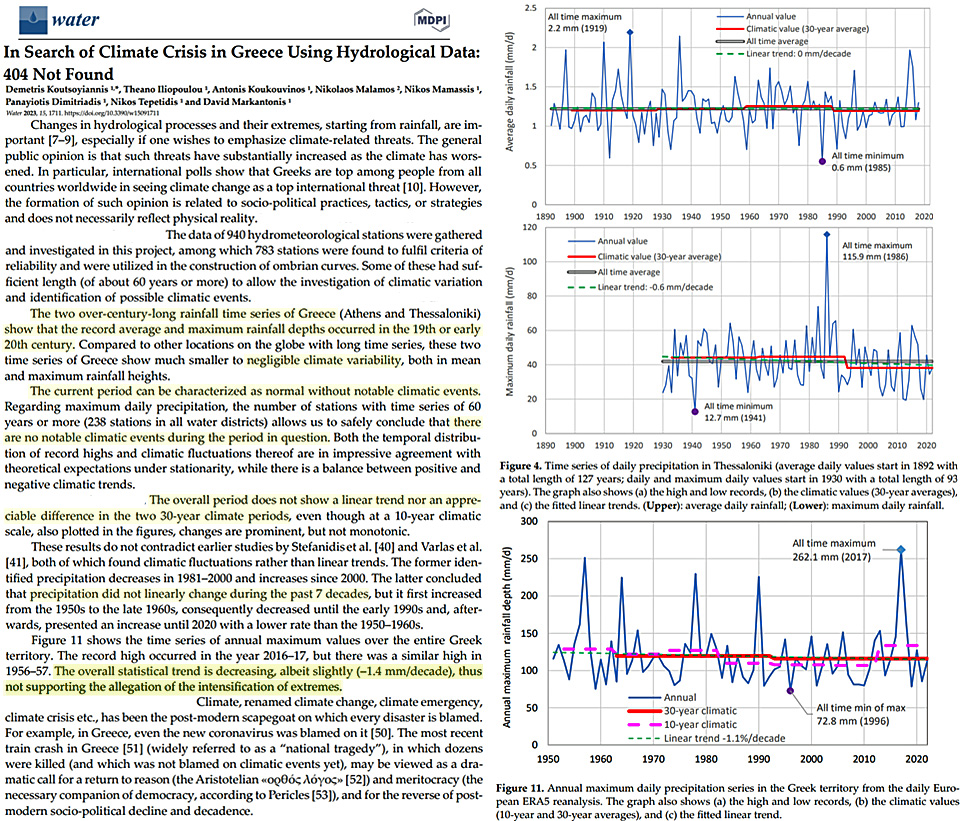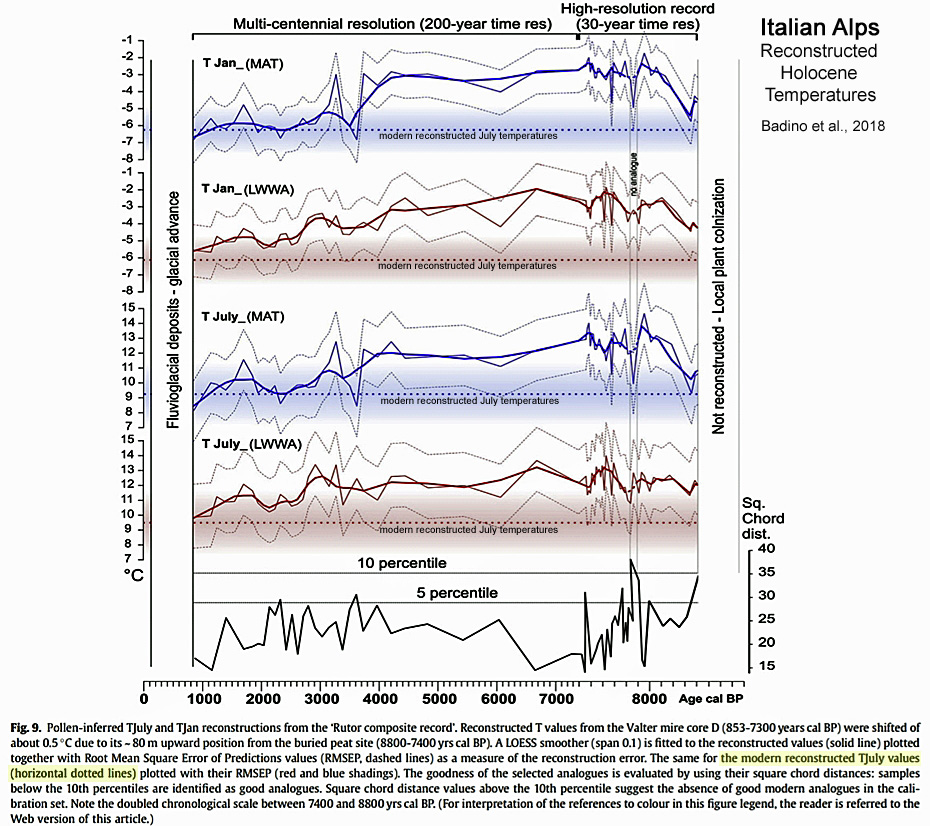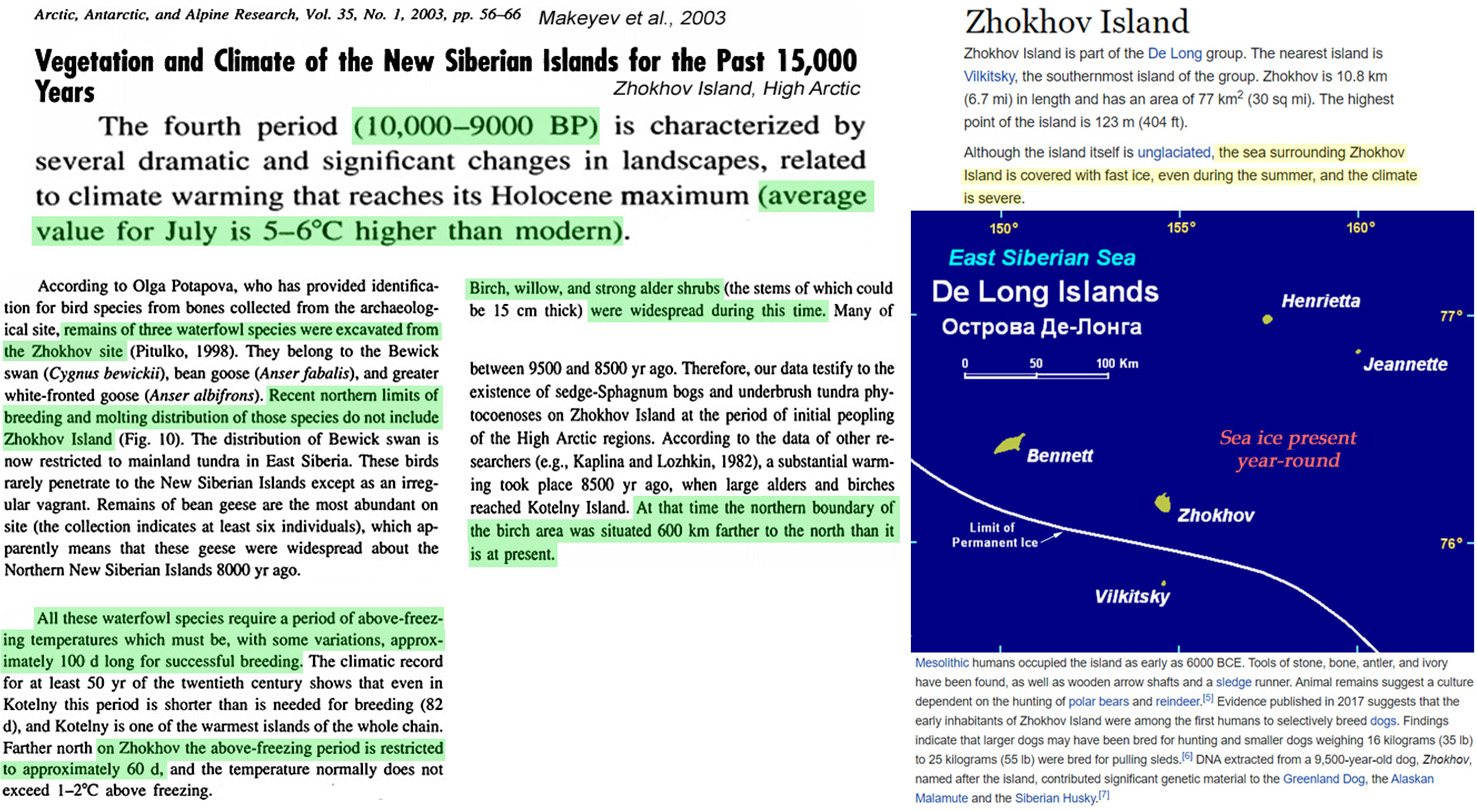.
I have no interest in taking up your (or anyone else's) "challenge", Joe -- the data with compelling counters to the currently dominant narratives are out there (and growing). You can perform your own due diligence, or not. I've no interest in "proving" anything here. The reality of current circumstances can never be adequately defended or described here within the limitations of a largely plaintext discussion forum.
My interest here is in raising considerations and talking points; of course I also welcome and participate in debate and rigorous discussion. But at least specific to this topic, I notice far more offense, or scoffing at the mere notion that status quo narratives are questioned (when
dogma is challenged) rather than an interest in striving for objective truth (however elusive it may be), even when -- or particularly when -- they counter dominant narratives.
[I anticipate a potential retort will claim that the counters/alternative positions I've presented here don't meet
their interpretations of 'sound science', and while I will readily acknowledge that some of the content shared here may be more compelling than others -- as is the case broadly, regardless of position -- there will be those that will hold on to their dogmatic positions
regardless of the merits of any counters presented. This is why continued 'back and forth' here in this thread has already surpassed diminishing returns...]
As I mentioned many times here already, time has a tendency to reveal truths, once the waves (barrage) of blatant propaganda subside or objectives shift.
In the meantime, below are a couple interesting developments/breadcrumbs. Notable as well for the source of this info as much as the info itself.
A Texas region containing four of the world's largest wind farms showed an increase in land surface temperature over nine years that researchers have connected to local meteorological effects of the turbines.
...
The land surface temperature around the west-central Texas wind farms warmed at a rate of 0.72 degrees Celsius per decade during the study period relative to nearby regions without wind farms, an effect most likely caused by the turbulence in turbine wakes acting like fans to pull down warmer air from higher altitudes at night, said lead author Liming Zhou at the University of Albany, State University of New York.
https://climate.nasa.gov/news/728/texas ... mperature/AND:
https://twitter.com/RogerPielkeJr/statu ... 44992?s=20Selection Bias in Extreme Event Attribution Studies
22 Pages
Posted: 12 Mar 2023 Last revised: 5 Apr 2023
Anthony C. Davison
Ecole Polytechnique Fédérale de Lausanne
Date Written: February 1, 2023
Abstract
Selection bias may arise when data have been chosen in a way that is not accounted for in subsequent analysis. Such bias can arise in climate event attribution studies, which are often performed rapidly after a devastating "trigger event", whose occurrence can be regarded as a form of stopping rule. Intuition suggests that including the trigger event in a fit in which it is the final observation will bias its importance downwards, and that excluding it will have the opposite effect, but in either case the effect of the stopping rule should be taken into account. The resulting timing bias has recently been discussed in the statistical literature (Barlow et al., 2020), and here we investigate the implications for climate event attribution. Simulations in the univariate setting show substantially lower relative bias and root mean squared error for estimation of the 200-year return level when the timing bias is accounted for. In the bivariate setting, simulations show that not accounting for the stopping rule can lead to both over- and under-estimation of return levels, but bias can be reduced by more appropriate analysis. We also discuss biases arising when an extreme event occurs in one of several related time series but this is not accounted for in data analysis, and show that the estimated return period for the "trigger event" based on a dataset that contains this event can be biased and very uncertain and thus should be avoided. The ideas are illustrated by analysis of rainfall data from Venezuela and temperature data from India.
Again, mere samplings.









